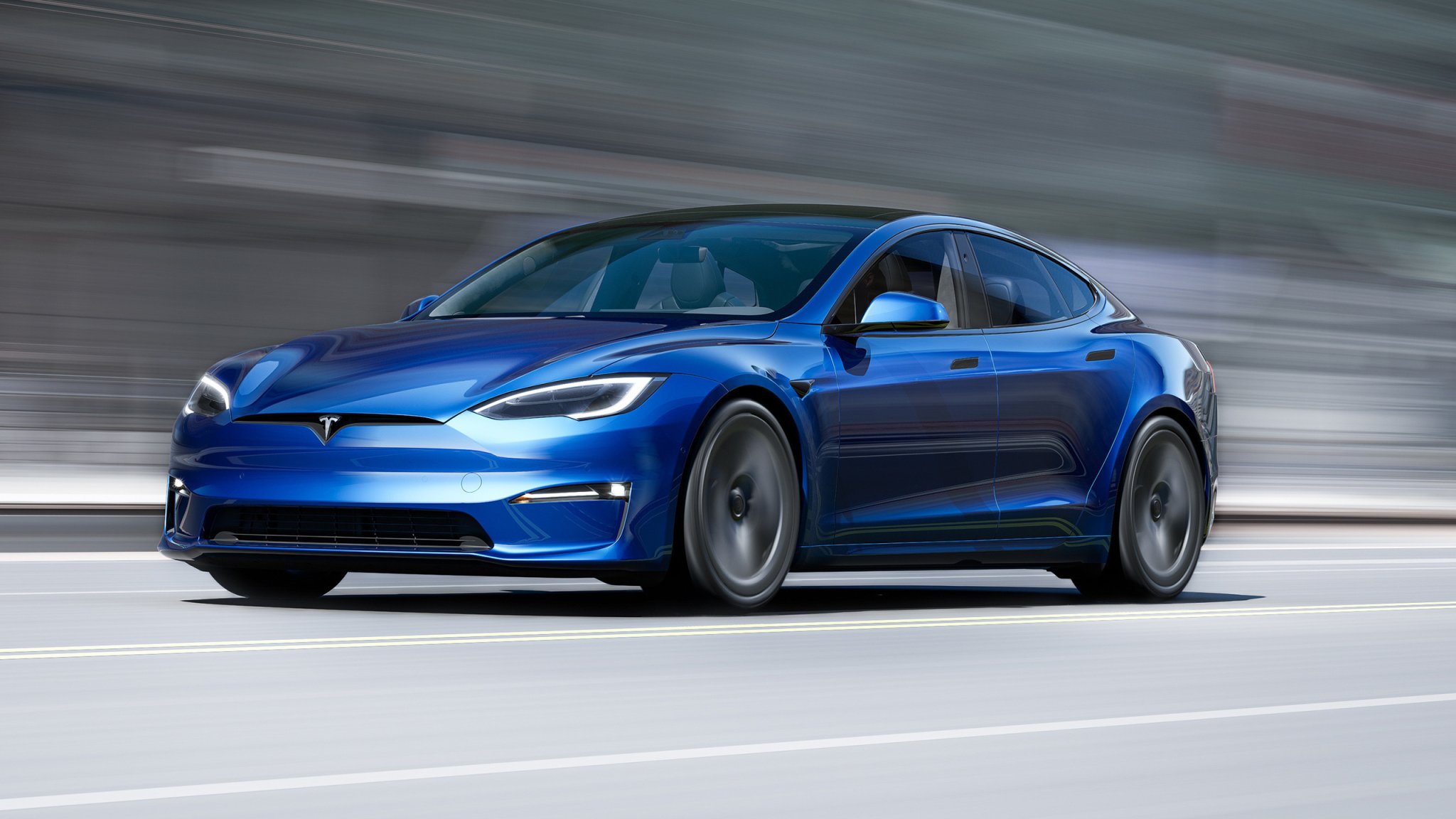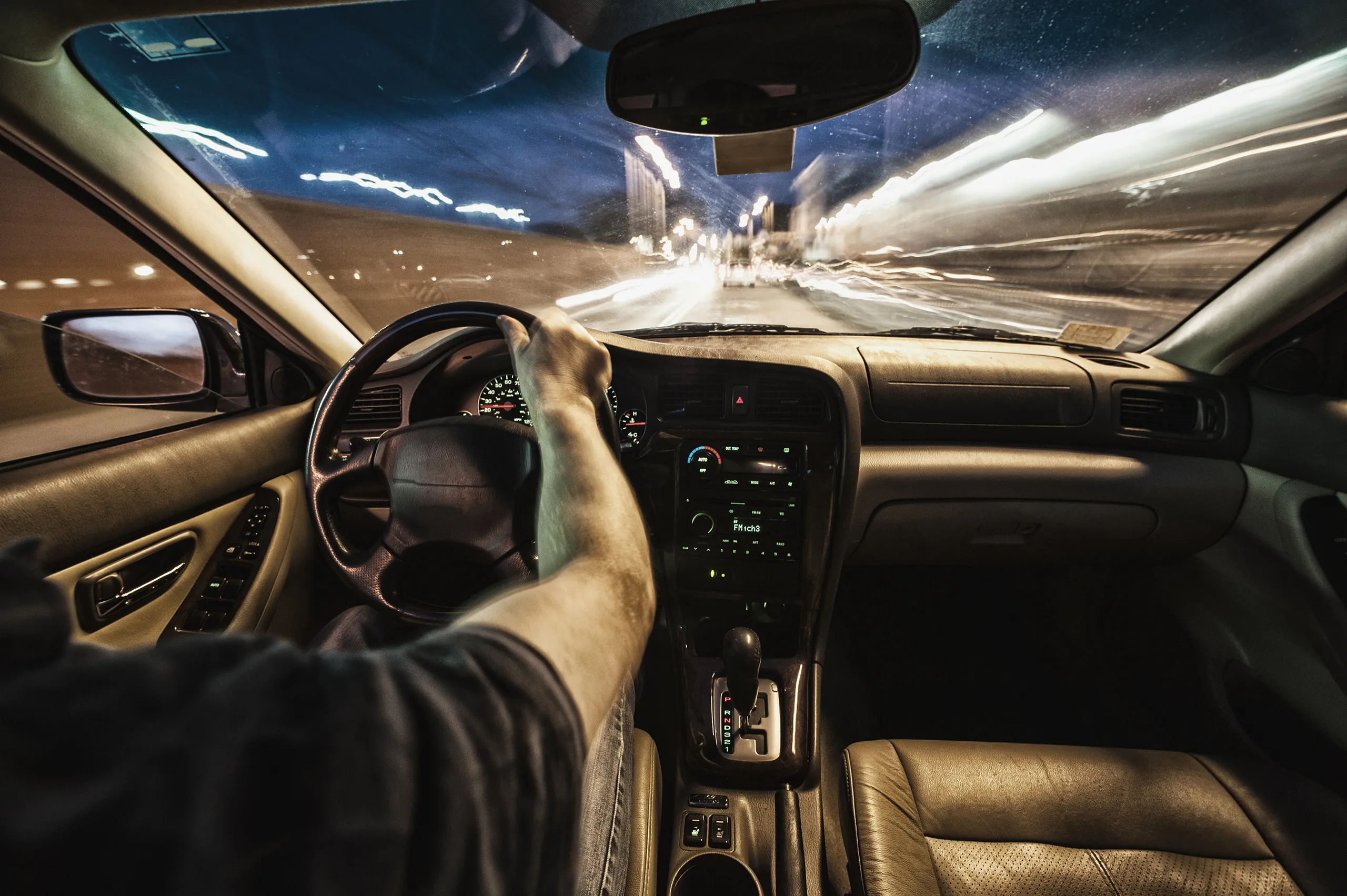

Car companies have been showing their vehicles doing dumb stunts in advertisements for as long as anyone alive has been driving. Public safety and environmental advocates have complained about it before, but interestingly it’s come up twice this month.
The UK’s Advertising Standards Authority just shut down some Toyota truck ads over environmental crassness. As reported by The Guardian, the commercials basically had a bunch of 4x4s tearing up a natural scene. The ASA decreed that the ads “condoned the use of vehicles in a manner that disregarded their impact on nature and the environment … they had not been prepared with a sense of responsibility to society.” Hard to disagree, despite (or maybe because of) the fact that describes pretty much every 4×4 ad.
Stateside, the chair of our National Transportation Safety Board, Jennifer Homendy, recently retweeted an article advocating for speed limiters in cars, adding “we also recommended that [the Insurance Institute for Highway Safety] evaluate the #safety impacts of marketing by automakers that emphasizes risky driving behaviors, including speeding.”
This is an interesting issue to approach for those of us who are both car enthusiasts and conscientious people. Common sense tells us, of course, a certain type of driving in car ads encourages the same in real life. Who are we kidding, guys—the very existence of performance-tuned cars encourages driving beyond posted speed limits. The nation shouldn’t need a formal study for us to admit that to ourselves.
Homendy’s concerns are valid, and I don’t respect the counterargument of “but it’s always been this way.” Society evolves. That’s the point of this whole civilization thing.
That said, let the record show that I think most speed limits are preposterously low, and their enforcement is designed first and foremost to line local pockets, not protect public safety. David Zipper recently wrote “You shouldn’t be driving over 100 mph—and your car shouldn’t let you” in Fast Company. On the contrary, I reckon there are plenty of places in America where you should be allowed to travel well over 100 mph. And getting a license to drive should be at least as difficult as getting a full shelf of gold trophies in Gran Turismo’s driving tests. For non-gamers reading this, that’s to say the skills portion of American driving license tests should be about 100 times harder to pass than it is today. That would benefit society far more than any speed limiter. A car can still be lethal at 1 mph, but a properly educated pilot could make it safer at all speeds.

As far as I’m concerned, insufficient driver skill, inebriation, and distraction are the greatest threats we humans pose to ourselves on the road. Unsafe speed is just a byproduct of one of the above. But this month, the NTSB dropped a statement calling for “Technology to reduce speeding in all new cars.” It cites an egregious 2022 Las Vegas crash in which a Dodge Challenger doing 103 mph plowed into a minivan, killing seven innocent people inside it. An undoubtedly horrific incident, and we can’t deny that the high rate of speed involved contributed to the extent of the damage. But while a Challenger is (in most trims) a fast car, I think the NTSB has already identified the true catalyst of that tragedy: “The driver of the Challenger was determined to have been impaired by cocaine and PCP and had a history of multiple speeding offenses,” the board’s release read.
Still, every once in a while something like Homendy’s tweet catches my attention and makes me think about the morality of performance-vehicle driving as a hobby. It really is goofy as hell that laws say you’re not allowed to drive more than 85 mph within our borders, but also allow cars like Tesla Plaids, Corvette ZR1s, and Shelby GT500s to be manufactured here and registered for road use. Heck, even a Ford EcoSport can break America’s highest speed limit with a tailwind.
I guess that’s just America—this country’s whole theme is being a constantly shifting push-pull, wink-nudge web of inconsistent rule enforcement. But that’s not the real message I’m trying to communicate.
What I really want to say is that everyone should drive thoughtfully. Conscientiously. Supplement your thrill-seeking with consideration for others and a true understanding of your vehicle’s limits and the conditions in which you’re driving. Stay in control, be aware of your surroundings, and respect where it’s safe to drive fast and where it isn’t.
Don’t worry about the government demanding speed limiters in every new car, or any other new safety regulation being a slippery slope to losing freedom. At the rate automotive technology is barreling into automation and over-the-air updates, our vehicular behavior will be dictated by the companies that make cars and infotainment software long before regulators are allowed to mandate anything.
The NTSB’s latest official recommendations for improving road safety are as follows:
To NHTSA:
- Require ISA systems that, at a minimum, warn a driver a vehicle is speeding.
- Educate the public about the benefits of ISA.
- Update the guidelines for state highway safety programs to include identification and tracking of repeat speeding offenders.
- Develop countermeasures to reduce repeat speeding offenses.
- Conduct research and develop guidelines to assist states in implementing ISA interlock programs for repeat speeding offenders.
- Incentivize the adoption of ISA through, for example, the New Car Assessment Program. This recommendation is reiterated from a 2017 recommendation.
To 50 states, the Commonwealth of Puerto Rico and the District of Columbia:
- Implement programs to identify repeat speeding offenders and measurably reduce speeding recidivism.
To 17 car manufacturers:
- Install ISA in all new passenger vehicles that, at a minimum, warns drivers when a vehicle is speeding.
To the Insurance Institute of Highway Safety:
NTSB
- Evaluate the safety outcomes of marketing by auto manufacturers that emphasizes risky behavior, including speeding. The evaluation should compare vehicles based on engine size, power and performance and international approaches to marketing. Make the report publicly available.
Something tells me a few of you will also have opinions on the subject. Lucky you, you’ve finally scrolled to the comment section.
Got tips? Send ’em to tips@thedrive.com